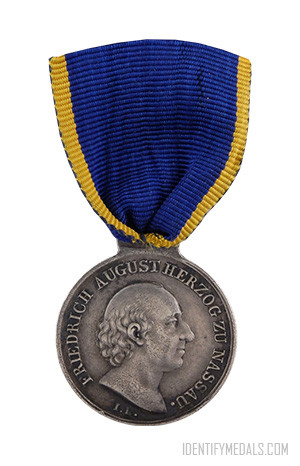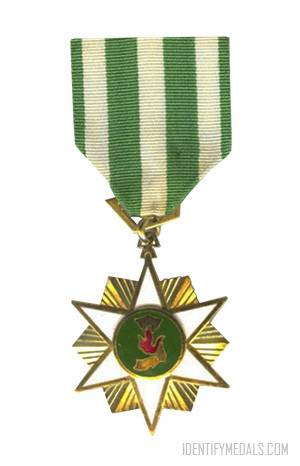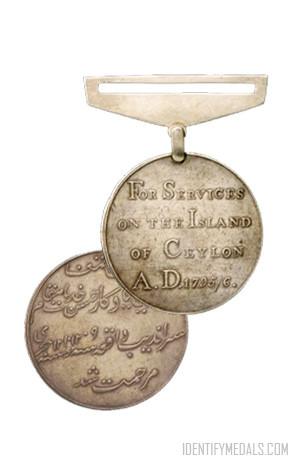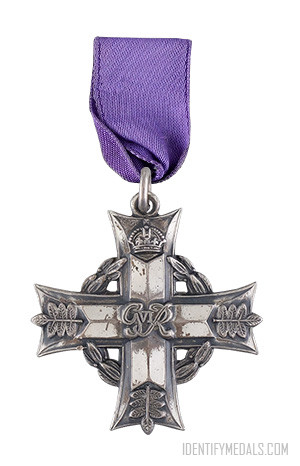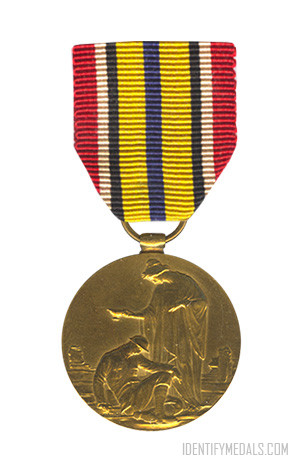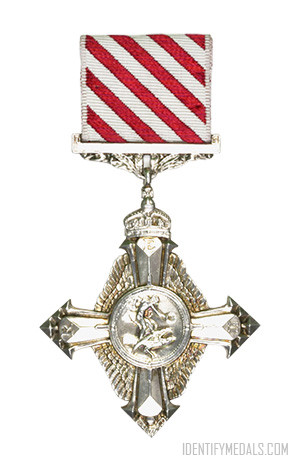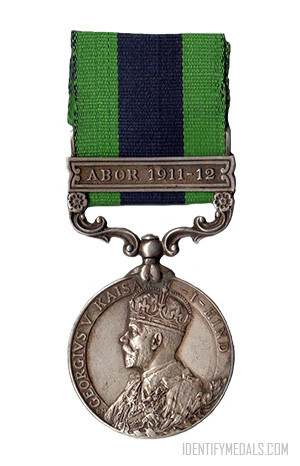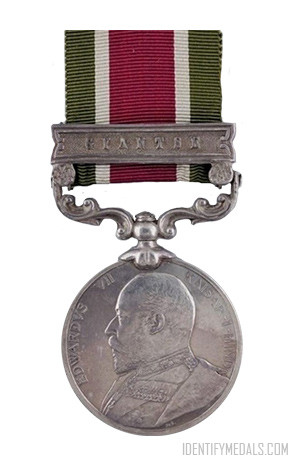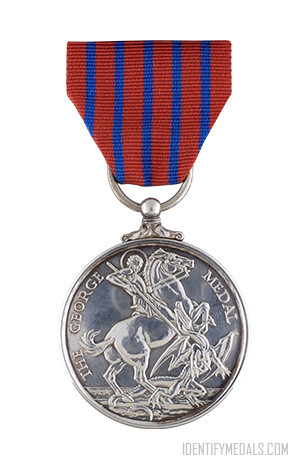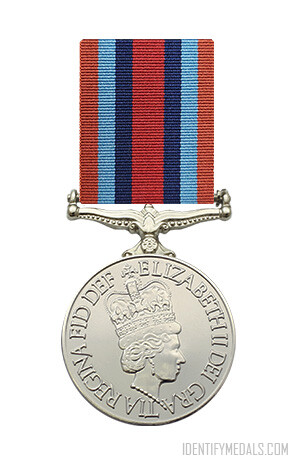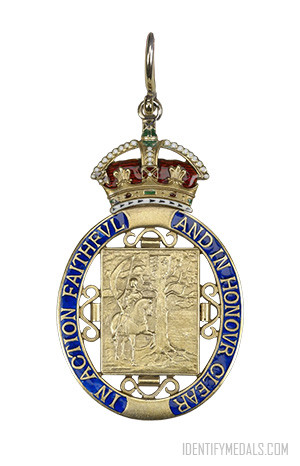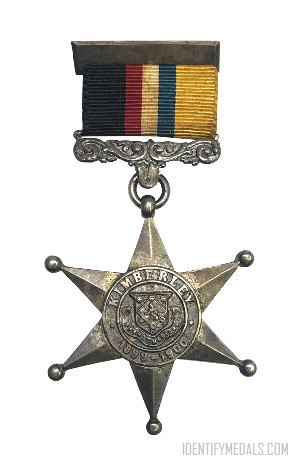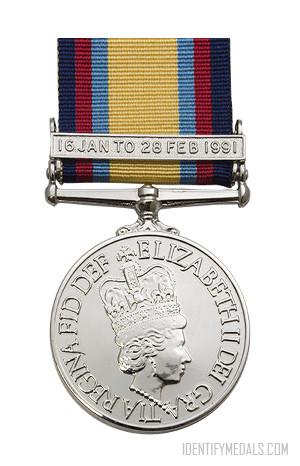- Time Period: Pre-WW1
- Year of Institution: 1815
- Country: Great Britain
The Waterloo Medal is a campaign of the Duchy of Nassau established by Frederick Augustus, Duke of Nassau on 23 December 1815.
The Duchy of Nassau was an independent state between 1806 and 1866 and was located in what is now the German states of Rhineland-Palatinate and Hesse. Its ruling dynasty, now extinct, was the House of Nassau. On 17 July 1806, the remaining counties of Nassau-Usingen and Nassau-Weilburg joined the Confederation of the Rhine.
For the Waterloo Campaign the Duke brought a force of 7,400 into the field, many of whom were seasoned veterans from the French armies of the Peninsular War.
The Nassau Waterloo Medal Design
The medal is struck in silver and measures 28 mm in diameter.
The obverse shows Duke Friedrich of Nassau, and the reverse bears the winged figure of Victory crowning a soldier with laurels. The exergue has inscribed the date of the action.
The ribbon is dark blue edged in yellow.

